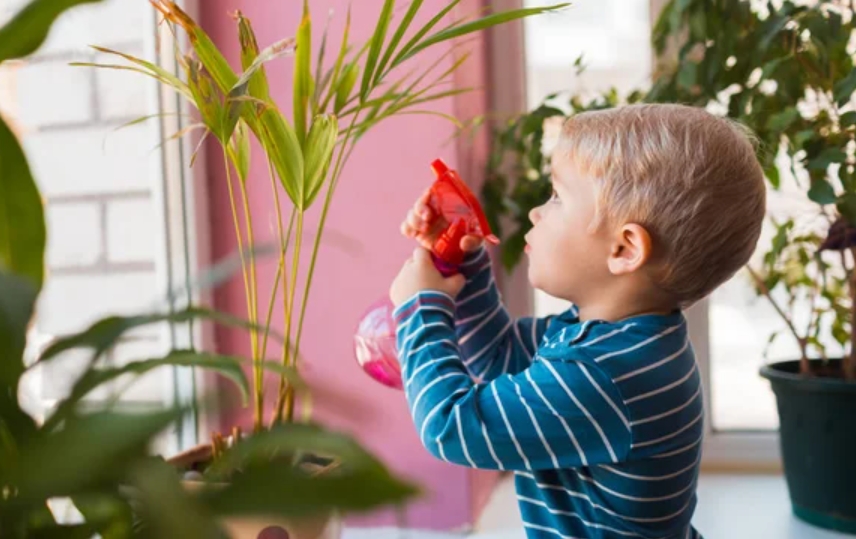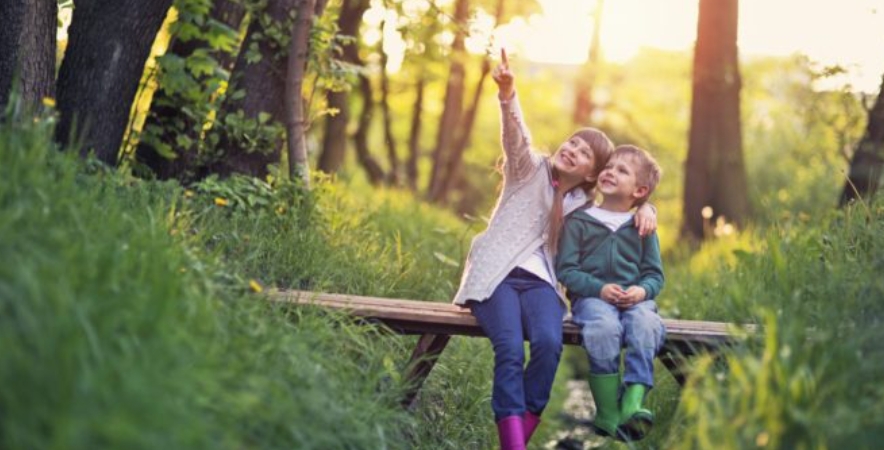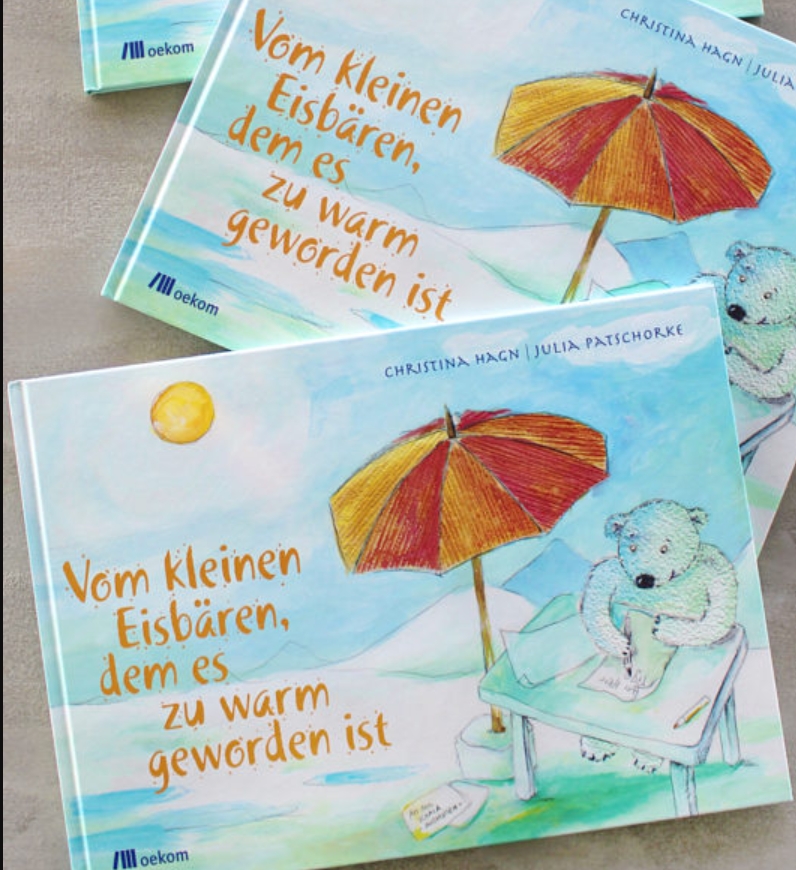A guide on how my child can make tomorrow’s world a better place
“Why is there so much garbage in the forest” or “Why did you kill the spider?” – these are typical children’s questions that show that children want to understand the world and naturally have an ecological and empathetic feeling for animals and their environment. A skill that should definitely be encouraged early on. Because – as we know – many people unfortunately forget this perception in the course of their lives. We give a few tips on how environmental education can be incorporated into everyday family life in a playful way.
It is completely normal for children to have to explore the world. They are explorers of their own environment. Things that seem strange here are critically questioned. Taking the time to answer these questions honestly and factually will encourage the child’s ability to think reflectively. This will be of crucial importance in the social life of the growing child. Because if you think in a reflective manner, represent your own point of view but also accept other opinions, you will have it easier – at school and later in your professional life.
When children learn early on that their own actions affect the environment, they learn another important skill: taking responsibility for their own living space. Of course, the parents have to set a good example here, because they are the most important identification figures. But even in some kindergartens or in primary school science lessons, such eco-pedagogical concepts that teach the careful use of natural resources already play an important role.
Learning responsibility starts at home
Acting responsibly can and should begin within your own four walls. If you were to ask a child whether to stop the fly that strayed into the living room or whether to catch and release it, most children would probably choose the peaceful solution. And catching them together can even be a lot of fun!
You can also assign children tasks such as watering the flowers and let them collect their own insights. How much water does a flower need? When is it too little, when is it too much? What happens if I forget to water it? And with assignments like “the last one turns off the light,” children can sometimes become very meticulous and have fun exposing the negligence of their parents.

There are so many (small) things that you can already address at home. Why do you have to be careful with drinking water? Why not leave the heating on with the windows open? The answers make perfect sense for children when explaining that in many countries around the world there is a lack of drinking water or that valuable resources have to be used for the energy required for heating.
Or you can tackle the packaging waste that has accumulated over the course of a week. Why are some things double and triple wrapped? What makes sense, what is avoidable? One will be amazed at how critically children will look at such things once they have dealt with them.
Anyone who wants to do more in the “Zero Waste” area can, for example, make their own muesli, spreads, cleaning or cosmetic products with the children, or start exciting upcycling projects. There are many recommended websites and blogs on these topics, of which we have listed a few here.
Just go into the forest

If you go outside, it doesn’t take long and you are literally killed by eco-sins. Rubbish and scrap on the side of the road, cigarette butts on the sidewalks, stuffy car exhaust fumes from oversized SUVs, insect-hostile rock gardens and concreted trees in rank and file. The city, a hostile space. How do you explain that to your children? Well, that’s really a big challenge. Maybe you go first to where the world seems at least a little bit more intact: Into the forest.
The forest is not only a great adventure playground, it also offers space for many questions and exciting discoveries that help us to understand evolution and the importance of conservation.
Why are trees so important to us humans? Why is it important to preserve biodiversity. Why are mixed forests better than pure spruce forests? What would happen if there were no more forests in Germany? These are just a few questions that show the child how vital it is to maintain a healthy environment – and to protect it. Because only those who familiarize themselves with nature also feel connected to it. Anyone who learns this respect behaves much more cautiously in everyday life.
In addition to theory, there are of course many practical things to experience in the forest. Why not start a “garbage challenge” with a few friends? Who can collect the most garbage in an hour? All you need is a couple of the same garbage bags, gloves and maybe a couple of grippers and you’re good to go…
Always good – good books on the subject
The easiest way to sensitize children to ecological issues or – ideally – even to get them excited is of course good children’s books. There is now a whole lot here, for example on the topic of plastic in the oceans, on the fun of gardening, to the topic of forest life and nature conservation. Yes, even a book that presents the incredible ecological footprint of a simple strawberry yoghurt in a child-friendly way.

But we are particularly impressed by the story “Vom kleinen Eisbären, dem es zu warm geworden ist” (Oekom-Verlag, 2020). The picture book for children from the age of 5 deals with the current climatic changes and shows how each of us can make a big difference for the environment with small services. A definite recommendation!
